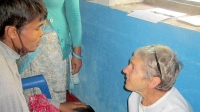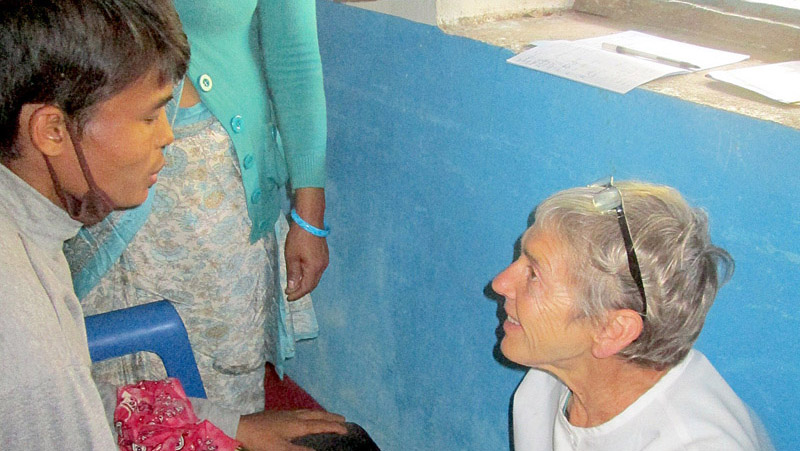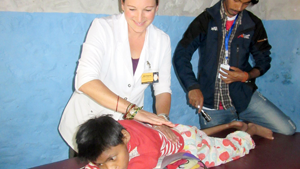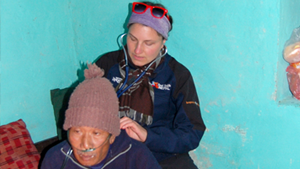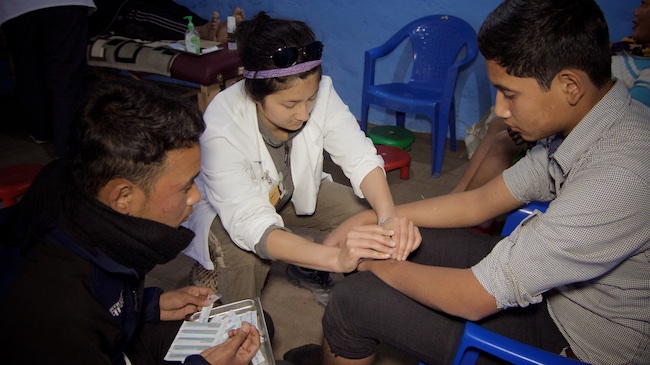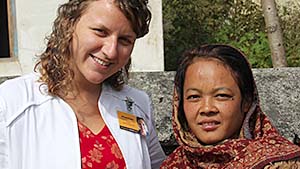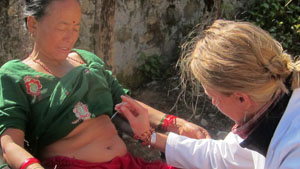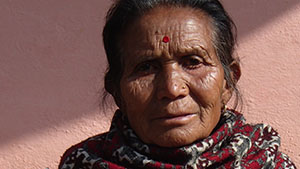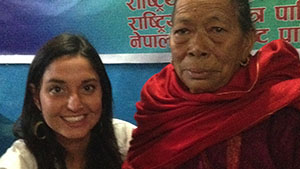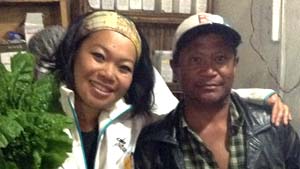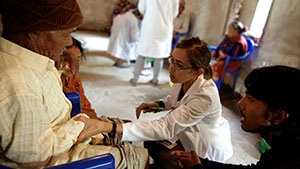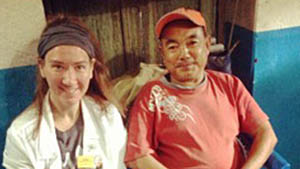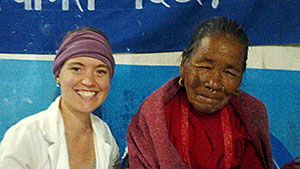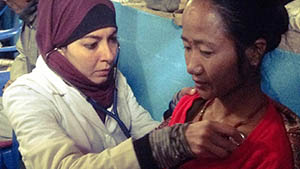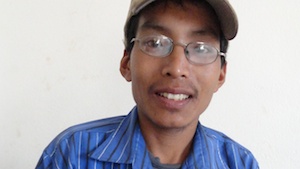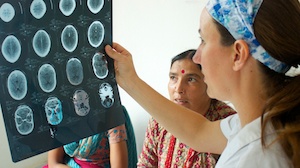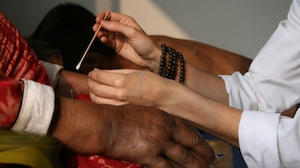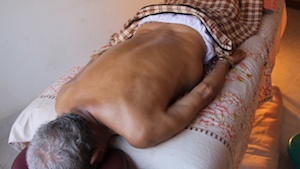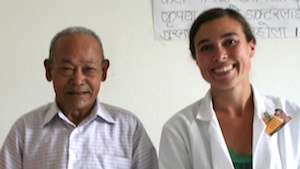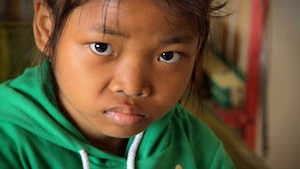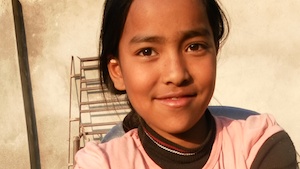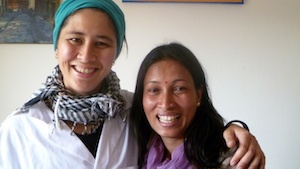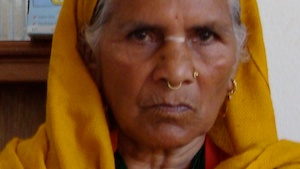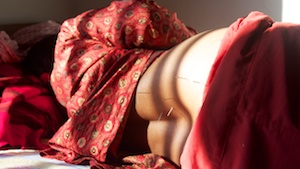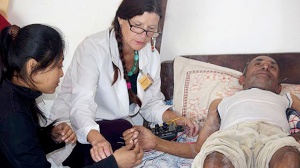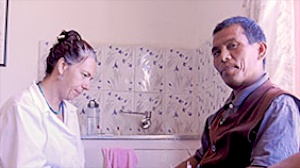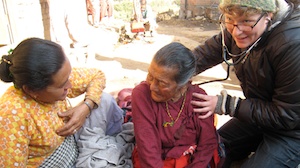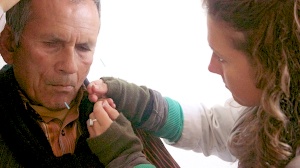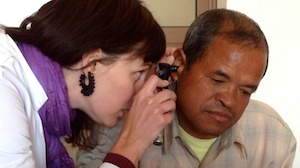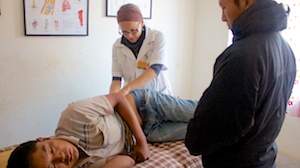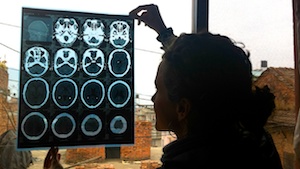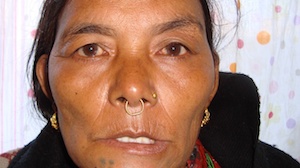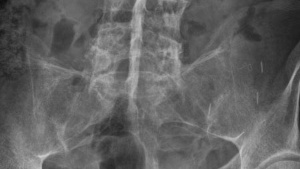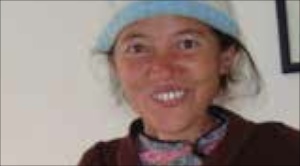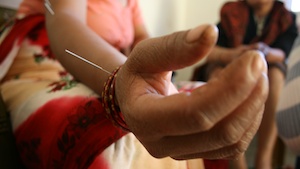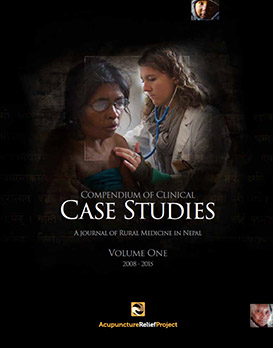Kelli Jo Scott MAcOM LAc
November 2012
OVERVIEW
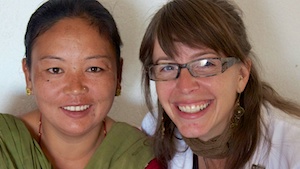 32-year-old woman presents with constant low back pain and burning urination. She has been diagnosed with severe hydronephrosis in the right kidney and, due to pain, recommended to have a nephrectomy. After 10 treatments with various Chinese medicine modalities, her pain was reduced by 50% and the frequency of her pain was only every 2-3 days. The burning urination resolved.
32-year-old woman presents with constant low back pain and burning urination. She has been diagnosed with severe hydronephrosis in the right kidney and, due to pain, recommended to have a nephrectomy. After 10 treatments with various Chinese medicine modalities, her pain was reduced by 50% and the frequency of her pain was only every 2-3 days. The burning urination resolved.
Subjective
A 32-year-old woman presents to the clinic with a chief complaint of low back pain on the right side in the kidney area, which radiates up the thoracic region of the erector spinae muscles and over to the left kidney area and left thoracic region erector spinae muscles. The pain is described as constant and achy, with sharpness that comes and goes. The onset of this pain was about 1 year ago and nothing seems to change it. Her second complaint is continuous burning urination. She reports no urinary hesitancy, urgency or frequency. The urine is clear to light yellow and output is equal to input. The patient reports some dizziness when standing up and occasional night sweats (2-3 times per week). All of these symptoms have been present for a little over 1 year. Previous to the onset of these symptoms, the patient reports no prior history of trauma to the area or kidney problems, nor has any significant family history of disease.
OBJECTIVE
Patient appears to be in good physical, mental and emotional health for her age and environment. She is soft spoken, but seems educated, engaged and alert. She is the mother of 2 children, ages 2 and 6, and comes from a higher caste, which increases her access to healthcare. Her pulse is slightly rapid and slippery, her tongue red and quivering. Upon palpation of the area of chief complaint, bilateral moderate muscle tension along the thoracic region of the erector spinae muscles, more tightness on the right, is noted. On the ninth visit, the patient brought in lab tests and imaging that had been taken 13 months previous to initially being seen in the clinic. They reveal that her right Kidney is smaller in size and significantly compromised in function. The left Kidney measures 11.5 cm in length, while the right Kidney measures only 7cm. A diuretic renogram taken 1 year ago, reports 94.1% differential function in the left Kidney and 5.9% in the right. The glomerular filtration rate (GFR) of the left Kidney was 88.8; the right Kidney GFR was 3.5. The most recent imaging and urinalysis, 5 months ago, reveals that her right Kidney has become even more compromised and surgery to remove the diseased Kidney was recommended.
ASSESSMENT
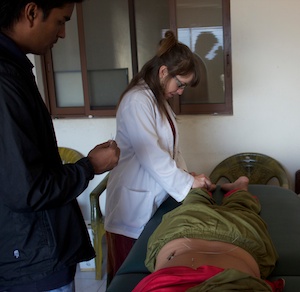 DX: Atrophied, poorly-excreting right Kidney with severe hydronephrosis and a thin renal cortex; Hypoplastic right renal artery
DX: Atrophied, poorly-excreting right Kidney with severe hydronephrosis and a thin renal cortex; Hypoplastic right renal artery
TCM DX: Kidney qi and yin deficiency with deficiency heat; Qi and blood stagnation in Bladder meridian
PROGNOSIS: Originally, the prognosis for resolving the complaints of low back pain and burning urination, in an otherwise healthy young woman, was quite good. All of that changed on her ninth visit to the clinic, when upon our request, she presented her full history of medical reports and imaging studies to us for the first time. Due to the severity of her condition, the long-term prognosis for the health of the right Kidney is poor. But due to her response to the treatment thus far, the prognosis for alleviating her symptoms with acupuncture and herbs is good.
INITIAL PLAN
Acupuncture treatments twice per week for 5 weeks and then reassess. Focus on tonifying Kidney qi, nourishing yin and reestablishing the free flow of qi and blood to the local area. Herbs are given to tonify Kidney qi and yin and promote urination.
A typical acupuncture treatment includes the following points: DU20, BL23, BL24, BL26, BL28, BL40, KI7, KI3 and SP6. On several treatments, thread the inner Bladder line all along the thoracic vertebral region due to tightness along the erector spinae muscles and referred pain, especially on the right side. Electro-acupuncture (continuous @ 5 Hz and mixed 2/100 Hz) is used in the low back area bilaterally, as well as localized massage.
Ba Zheng San to clear heat and Dao Chi Wan to promote urination.
OUTCOME
After 10 treatments, the patient reported significantly less intensity (50% less) and frequency of the low back pain. Burning urination resolved. She also reported no more dizziness or night sweats. The low back pain was no longer constant or even daily in occurrence, sometimes only noticeable every 2-3 days. The best herbal formula results were seen with Dao Chi Wan, given at appointments 9 and 10. During her re-evaluation at treatment 10, the patient volunteered that she had good energy and felt strong.
CONCLUSION
As far as the medical reports for this patient conclude, the nephrectomy was recommended primarily due to the fact that she was experiencing pain. With 10 treatments of acupuncture and herbs, we were able to reduce the pain significantly in both frequency and intensity (50%). She was also no longer experiencing any burning during urination. If at some point, she no longer experiences pain or other symptoms, and her bi-annual scans and tests reveal continued normal function in the left Kidney, I feel it is reasonable to assume that she could potentially avoid the surgery altogether.
CONTINUED TREATMENT
The patient was aware that there is a high likelihood that she will eventually need to have the Kidney removed. She planned to continue to be monitored by her medical doctor and have imaging done approximately every 6 months or more frequently, if symptoms increase, to assess the progression of the hydronephrosis. Acupuncture and herbs, at this time, are useful palliative care and should be continued at the current course, as long as the symptoms are present. When the symptoms are completely alleviated, a maintenance course of treatment (once per week) should be implemented to maintain the strength of the system and to potentially improve Kidney function bilaterally.


